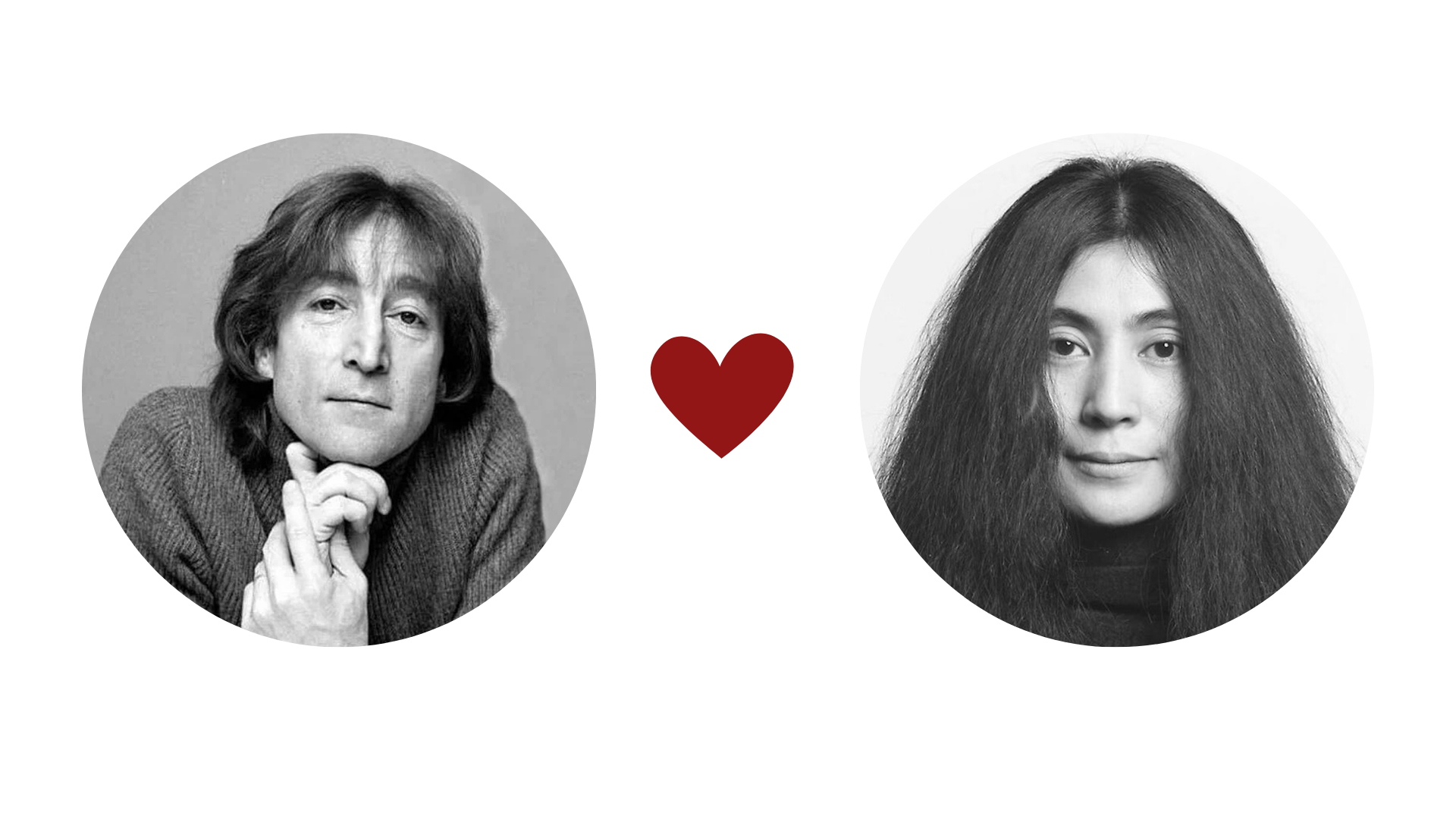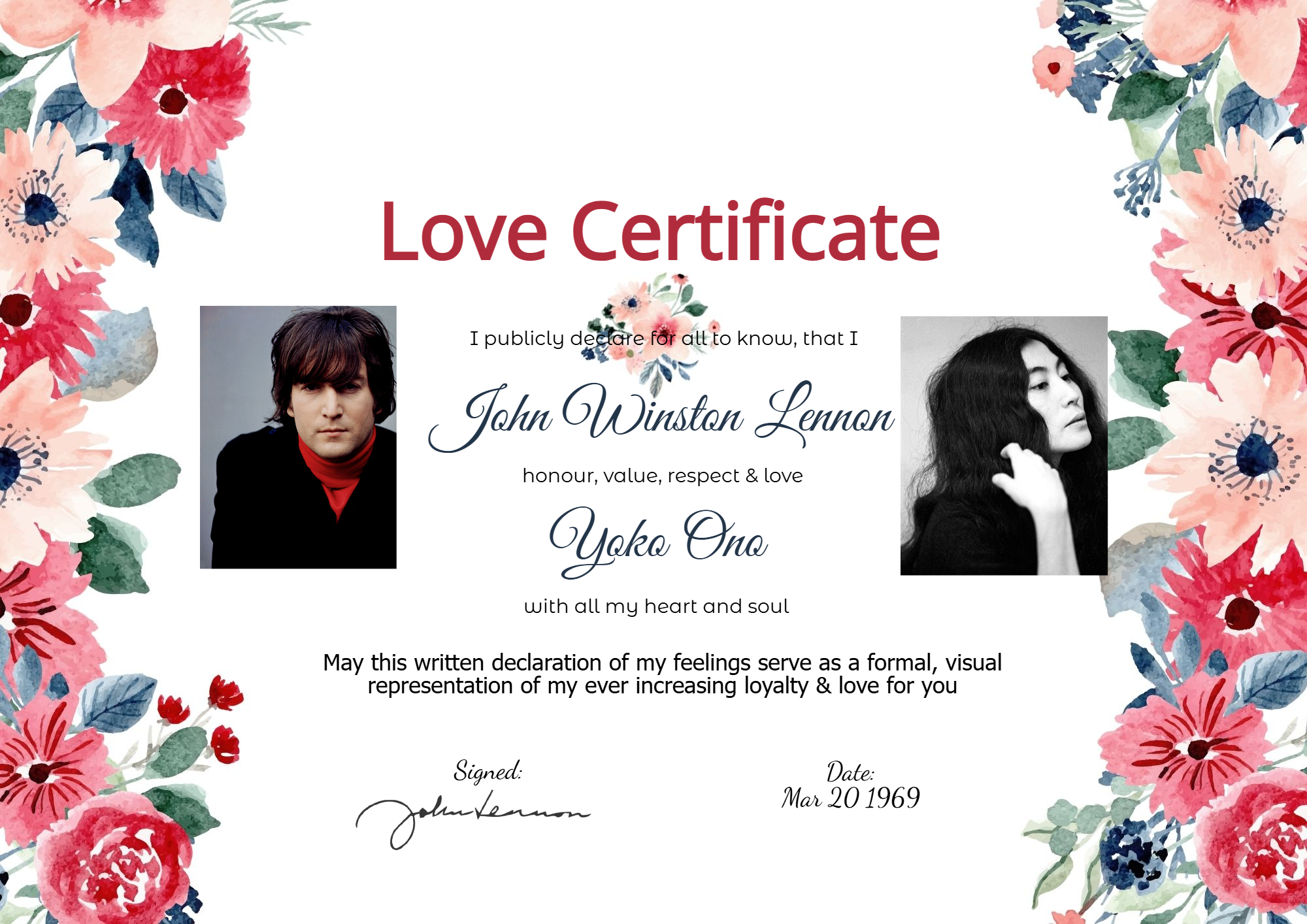John Lennon & Yoko Ono: A Love Story That Shaped a Generation


When John Lennon met Yoko Ono in 1966, the world didn’t yet know it was about to witness one of the most talked-about love stories in modern history. Their bond defied convention, inspired protest, and redefined what love, art, and activism could look like when fused together.
The First Encounter
The story begins at the Indica Gallery in London. Yoko, a Japanese avant-garde artist, was preparing for her art exhibit. John, curious and cynical, wandered into the space as a famous Beatle intrigued by the underground art world. He encountered a piece that required viewers to climb a ladder and use a magnifying glass to read a tiny word written on the ceiling: “Yes.”
That affirmative, minimalist message struck Lennon deeply. It was a rare moment of pure positivity during a tumultuous period in his life. The encounter sparked a connection that would quickly intensify.
Love Against the Odds
At the time, both were involved in other relationships—John was married to Cynthia Lennon, and Yoko had a daughter from a previous marriage. Despite these complications, their emotional and creative bond proved too strong to ignore. They began collaborating on experimental projects like the “Unfinished Music” albums and gradually became inseparable.
Their romance attracted harsh criticism. Many Beatles fans viewed Yoko as a disruptive influence, unfairly blaming her for the band’s eventual breakup. But John stood by her, calling her “the most important thing in my life.”
The Wedding: Peace, Not Pomp
On March 20, 1969, John and Yoko were married in Gibraltar. They had originally wanted to wed in Paris but faced legal issues as non-residents. A friend suggested Gibraltar, a British territory—making it possible for John, a British citizen, to marry there with minimal fuss.
Immediately after the wedding, the couple launched their now-famous “Bed-In for Peace” in Amsterdam. From their honeymoon suite at the Hilton, they invited the world’s press to witness a week-long protest against war, replacing violence with their vision of love and pacifism.
A Partnership Beyond Romance
John and Yoko weren’t just partners in love—they were collaborators in art and activism. From “War Is Over (If You Want It)” to the bold “Nude” album covers, their work constantly blurred the lines between intimacy and public message.
Yoko’s influence on John was profound. She encouraged his solo artistry and activism, while he became her biggest advocate in the Western art world. Their relationship wasn’t without turbulence, including an 18-month separation, but they ultimately reunited and had a son, Sean Lennon, in 1975.
Legacy of Love
John Lennon’s tragic death in 1980 didn’t end the story—it transformed it. Yoko has since carried their shared message forward, using art to promote peace and human rights. Their love, once mocked and misunderstood, is now recognized as revolutionary.
In a world often skeptical of idealism, John and Yoko dared to believe that love could change things. And in many ways—it did.
